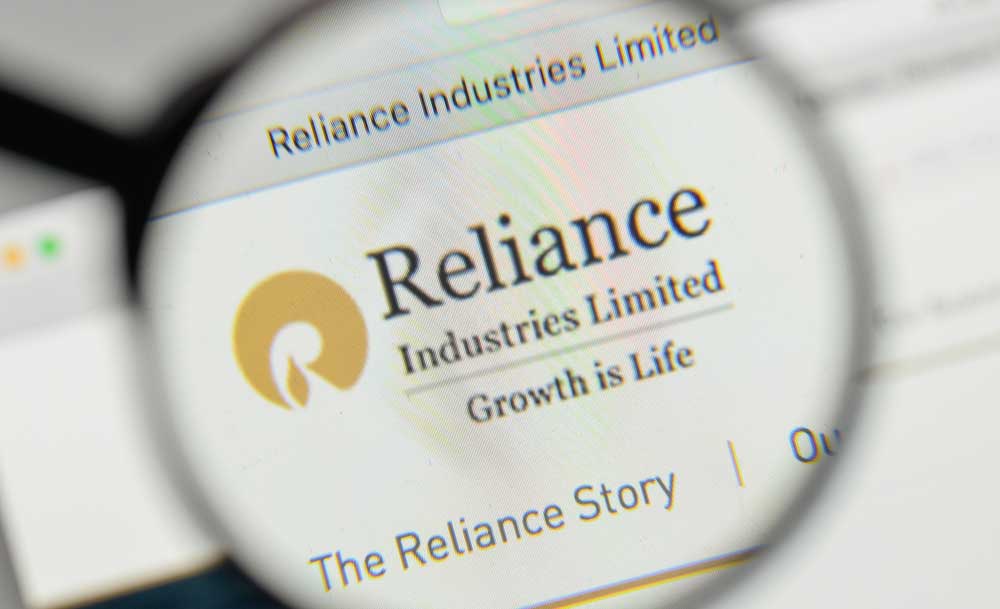Reliance Industries is understood to have bought 2 million barrels of Saudi oil amid a fall in the prices of crude, which is an outcome of the brutal output war between the Gulf kingdom and Russia that has seen prices falling to $30 levels.
Saudi Aramco recently announced plans to raise output, which brought down prices in the Asia region by up to $6 per barrel. On Thursday, Reuters reported that Reliance has bought two million barrels of additional Saudi oil for loading in April. Officials of RIL could not be reached for comments.
While observers say that RIL may be looking to improve its refining margins through the purchase, it also comes in the wake of an impending deal between Mukesh Ambani and Saudi Aramco in RIL’s oil-to-chemical business.
RIL is looking to sell a 20 per cent stake in the business to Saudi Aramco at an enterprise value of $75 billion. As part of the deal, the state-owned oil giant will also supply 500,000 barrels per day of crude to the Jamnagar refinery of RIL on a long-term basis.
While the RIL stock had rebounded on Wednesday, it came under pressure on Thursday because of a plunge in international crude prices. On the BSE, the scrip fell over 8 per cent, wiping off nearly Rs 41,152 crore from its market valuation. It ended 7.95 per cent lower at Rs 1,061.60 after falling 8.99 per cent in intra-day trades to touch a 52-week low of Rs 1,049.50. The company’s market capitalisation fell Rs 41,151.82 crore to stand at Rs 6,72,976.64 crore at the end of trading on Thursday.
Though the stock has remained under pressure during this year with the delay in the Saudi Aramco transaction causing some anxiety, brokerages remain optimistic.
“The sharp correction in RIL amid the market upheaval offers an excellent opportunity to buy with the stock pricing in only two out of the three large and robust business segments. The market’s knee-jerk reaction on the delay in the deal with Saudi Aramco seems unfounded,’’ analysts at Kotak Institutional Equities said in a note.
The brokerage added that the RIL share has come back to pre-AGM levels wherein the leverage-related concerns were high, capex run-rate was elevated and visibility of any improvement in telecom economics was not imminent. However, the company has benefited from a meaningful hike in telecom tariffs amid a weaker balance sheet of its telecom competitors.











